Although Slack is generally loved, there are a few complaints that we all have about it. Primarily, the price. It’s not the most expensive team chat app out there, but certainly not the cheapest either. This is the number one complaint you get when browsing social media for feedback on Slack.
As you’ll find out, Slack can cost a pretty penny. But is that money really well spent?
In this piece, we’ll take a look at the cost of Slack. We’ll show you what you get when you pay for Slack, whether you save any money, and whether it’s a good investment at all.
Before we dive into the financial details, it’s important to mention that there are several alternatives to Slack, especially for those on a budget. For example, some users have found that Chanty, our own team chat app, is designed with simplicity and ease of use in mind. It offers an intuitive experience at a more accessible price point.
We are constantly analyzing various team chat apps to identify areas for improvement and incorporate these findings into Chanty, all to make it one of the best team chat solutions available.
In case you’re wondering, is Slack free to use, but the free version comes with limited features. For those seeking more advanced tools, upgrading to a paid plan might be necessary.
If you’re curious about exploring alternatives, Chanty provides a free trial that allows you to experience its functionality firsthand. Just sign up in the form below.
Let’s talk about money now.
How much does Slack cost?
Let’s take a look at the table below. This is how much Slack will cost you monthly per user when you pay annually.
Free $0 | Pro $7.25 | Business+ $12.50 |
| ✓ Recent 90 days of message history and file storage
✓ 1-1 video and audio calls ✓ Up to 10 integrations | ✓ Unlimited search and apps
✓ Video and audio calls for up to 50 participants ✓ Guest access | ✓ 99.99% guaranteed uptime SLA
✓ SSO |
Besides these prices, you can also choose their Enterprise Grid plan, built for large teams. You can contact their sales team to find out more.
As you can also see, Slack had a freemium plan ever since it was launched in 2014. This is also the first plan that we will take a look at today.
Is Slack free?
While some of its newer competitors like Ryver and Flowdock don’t have a freemium plan, Slack has had one since its launch.
After all, using Slack without paying sounds great, right? However, no tool could stay in the market while providing access for free. This is why the freemium plan offers some basic features with serious limitations. The most important ones are related to searching your message history, integrating your favorite apps, and making calls.
Let’s take a look at what Slack does NOT give you in its freemium plan.
Key drawbacks of Slack Free plan
1. 90 Days of message history and file storage
With the freemium plan, you can only access the last 90 days of message history and file storage in Slack. This means that your oldest messages will slowly be deleted and you won’t be able to find them.
This is a major drawback for many teams. Imagine you need to find a link or a file you sent to a coworker 3+ months ago. On the freemium plan, you can’t, so Slack forces you into paying $7.25 per user per month (at least) just so you can access your message history. Not fun.
2. Up to 10 apps and integrations
One of the main reasons why people love Slack so much is the fact that it has so many integrations. At the time of writing, there are more than 2,400, with new ones being announced daily. In simple terms, if an app is any good, there will be a Slack integration for it.
However, the free plan only allows you to connect 10 apps to Slack, which is quickly maxed out. In most cases, people are constantly installing and deleting integrations to stay within the limit. This isn’t ideal, and of course, you have to pay for the premium version to get unlimited integrations.
3. 1-1 video and audio calls only
If you’re on the freemium plan, forget about having big team conferences and meetings. While Slack does have this feature, you can only use it to talk to one person at a time. Want to speak with two or more people at once? You have to upgrade. As of recently, however, you can finally make video calls using the mobile app.
4. No shared channels or guest accounts
Need to work with freelancers, contractors, or external partners? Too bad. Slack does not offer guest accounts on the free plan. So you can’t invite someone into one channel – the person has to join your entire workspace. And shared channels (two companies getting a chance to work together within a single space) are gated behind the paid tier. So if your organization needs to collaborate with external teams, get used to paying.
Any more drawbacks to the Freemium plan?
Aside from these limitations, Slack’s free plan also lacks features like advanced security controls, unlimited workflow automation, and detailed analytics. While it’s fine for small teams or casual use, serious businesses will likely hit a wall pretty quickly.
Now, let’s take a look at each paid plan.
Why Slack is so expensive?
When it comes to team communication tools, Slack stands out for its robust features. However, it also comes with a hefty Slack cost, especially when compared to other platforms. Let’s break down the Slack pricing plans to understand where the costs come from.
Slack Pro plan pricing
Once you make a payment of $7.25 for each of your users (or $8.75 if you pay monthly), there are integrated apps to your heart’s desire. You can make group calls with up to 50 participants, share your screen, add guest accounts, share channels with other companies, and more.
You also unlock Google authentication and you get priority customer support – although it’s not 24/7. It’s not the full Slack package just yet, but you get a lot of great features. However, what’s the full story?
While the Pro plan unlocks a lot of features, it doesn’t offer everything. For larger teams, the cost of Slack can quickly escalate. For example, if you have a team of 80 people, you’ll pay a minimum of $700 per month, which works out to $8,400 per year. For companies with even more employees, the total cost can easily become overwhelming.
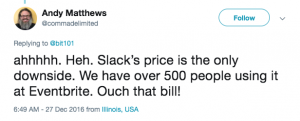
Slack Business+ pricing
The Slack Business+ plan is designed for larger teams that need advanced features, reliability, and support. It comes with a 99.99% uptime guarantee, meaning Slack will refund you if its servers experience significant downtime. You’ll also get 24/7 support, which is crucial for businesses that operate in different time zones or globally.
The plan includes advanced administrative controls, enhanced security features and better compliance support, making it suitable for businesses with strict regulatory requirements. It also offers improved search functionality, making it easier to find past messages and files.
Pricing for the Slack Business+ plan is $12.50 per user per month if billed annually, or $15 per user per month if billed monthly. For a team of 100, this would cost $1,250 per month if billed annually or $1,500 per month with monthly billing. This totals $15,000 or $18,000 per year, depending on the billing method.
While the plan offers valuable tools for scaling and security, the higher Slack cost may be a concern for smaller businesses. It’s best for those who need robust support and security features but may be overkill for smaller teams.
Slack Enterprise Grid pricing
For large organizations, Slack Enterprise Grid is the premium plan designed for complex teams and business structures.
However, the Slack enterprise cost comes with a hefty price tag. Unlike the fixed prices of the Pro and Business+ plans, Slack enterprise pricing is customized based on your company’s size and needs, requiring direct negotiation with Slack’s sales team.
This plan provides unlimited workspaces and shared channels, allowing you to seamlessly connect multiple teams and collaborate across departments or even with external partners. Additionally, the plan includes enhanced security, compliance tools, and 24/7 priority support.
But this level of flexibility and advanced features comes at a significant cost. For example, a company with 1,000 users would pay around:
- $15 per user per month x 1,000 users = $15,000 per month
- $15,000 per month x 12 months = $180,000 per year
In comparison, Chanty offers similar core features at a much lower cost. The Chanty Business plan includes unlimited messages, integrations, group calls, and screen sharing for just $3 per user per month. For 1,000 users, this would amount to:
- $3 per user per month x 1,000 users = $3,000 per month
- $3,000 per month x 12 months = $36,000 per year
By choosing Chanty, you save $144,000 annually while still enjoying essential features like task management, file sharing, and team collaboration in a streamlined interface.
While Slack Enterprise Grid offers powerful features for large teams with diverse communication needs, its enterprise pricing may be an expensive choice for companies seeking a more cost-effective solution. Chanty provides comparable functionality at a fraction of the cost, making it a great alternative for businesses looking to maximize their budget without sacrificing productivity tools.
How to pay less for Slack?
There are a few ways to save your pennies when you’re using Slack.
- Cut down on the number of users. While some team chat apps charge by the team (e.g. Ryver), Slack charges per user. You can limit the number of your coworkers using Slack so you can pay less. However, this could hinder your team communication.
- Pay annually. Just like every other SaaS application in existence, the annual price is cheaper than paying per month.
- Sometimes Slack will give you credit to get you hooked into paying for a plan – use this opportunity.
You can also try the trial version of the free plan.
- If your organization is a non-profit or works in the education or coaching industry, you can get upgraded to the paid plans for free or with a nice discount.
With all of this being said, Slack may still be expensive for you, or you may not be satisfied with the features it offers. If this is the case, it’s time to look for alternatives.
Looking for a Slack alternatives
We’ve covered some of the best Slack alternatives in our article here and showed you the best apps for your team communication. Here is a short table comparing the prices of these top Slack alternatives.
| Team collaboration tool | Paid plans | Price tag in 2021 |
| Slack | Pro
Business+ | $7.25 per person, per month (annually)
$12.50 per person, per month (annually) |
| Chanty | Business | $3 per person, per month (annually) |
| Microsoft Teams | Essentials | $4.00 per person, per month (annually) $6,00 per person, per month (annually) $12.50 per person, per month (annually) |
| Flock | Pro
Enterprise | $4.5 per user, per month (annually)
Available upon request |
| Google Workspace | Business Starter Business Standart Business Plus Enterprise | $6 per user, per month $12 per user, per month $18 per user, per month Custom |
As you can see from the table, there are quite a few options that are more affordable than Slack. Some of them are even better than Slack in terms of features.
One of these tools is Chanty.
How does Slack compare to Chanty?
These two apps have one thing in common. They’re not just communication tools – they’re also collaboration tools with a host of features. They also both have freemium plans and similar features such as audio and video calls.
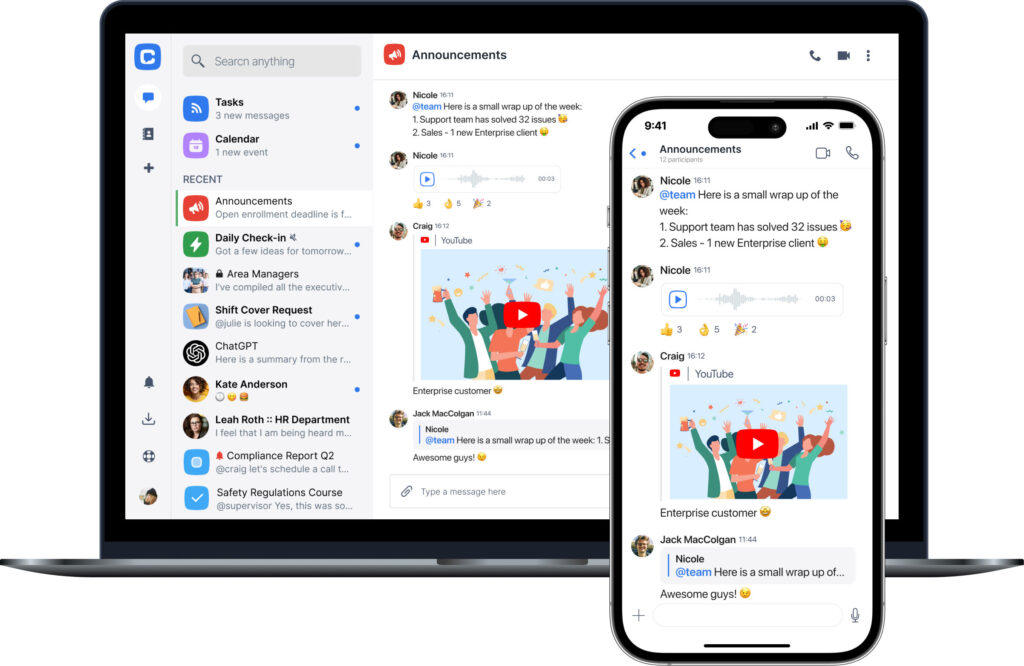
However, Chanty is better than Slack in several ways.
- Chanty is easy to use since it’s an agile tool. Slack has a lot to offer but it can get complicated to use. On the other hand, Chanty is very intuitive to use. In the Teambook, you can find all of your files, links, and conversations.
- Chanty is more affordable. The Business plan costs half of the cheapest Slack plan. You can learn more about Chanty pricing here.
- Chanty has no limits on your message search history, no matter which plan you are on. Freemium? Doesn’t matter, you can see all of your messages.
- Chanty has a built-in task management feature, unlike Slack. In Chanty, you can turn messages into tasks, assign them to your team members, discuss them, and set deadlines.
- Chanty allows you to send audio messages by hitting the record button on any device, which is ideal for anyone not working from an office. That way, you can get your message across quickly, without typing.
Even though Chanty is a newcomer compared to Slack, it has many reviews from happy customers, and we can confidently say that it’s a worthy Slack alternative.
Book a demo today to find out more, and we’ll show you how Chanty can benefit your business!
A close look at Slack pricing
Looking closely at Slack pricing, we can see that the freemium and paid plans have some serious limitations. A major drawback of the free plan is the 90-day history limit, which can hinder collaboration for teams that need access to past conversations. So, is Slack free? While Slack does offer a free plan, it comes with limitations that can make it impractical for growing teams or organizations with more complex needs. Furthermore, the costs associated with Slack’s paid plans can quickly escalate for larger organizations, making it a hefty investment.
While there are strategies to reduce the price of Slack, many of them don’t offer meaningful savings. Fortunately, there are plenty of alternatives on the market that can not only save you money but also offer comparable, if not superior, functionality.



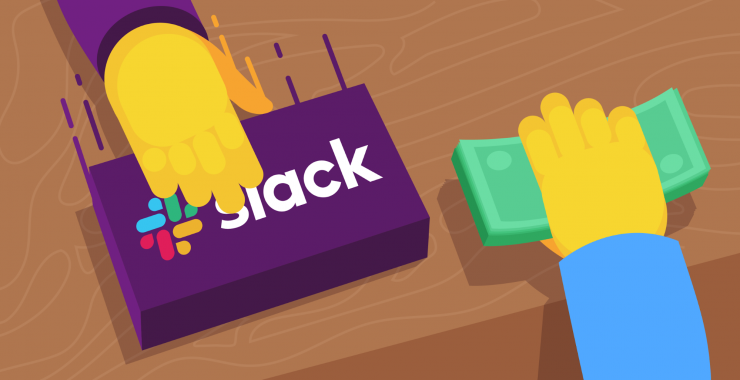
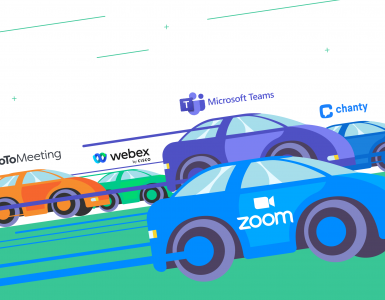
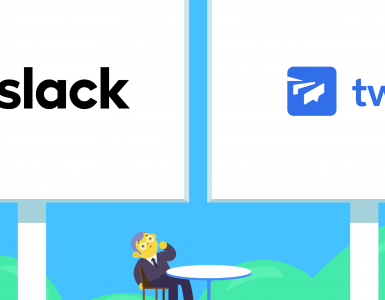
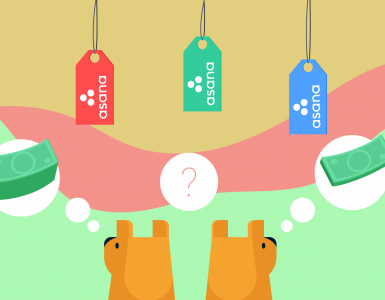


Add comment